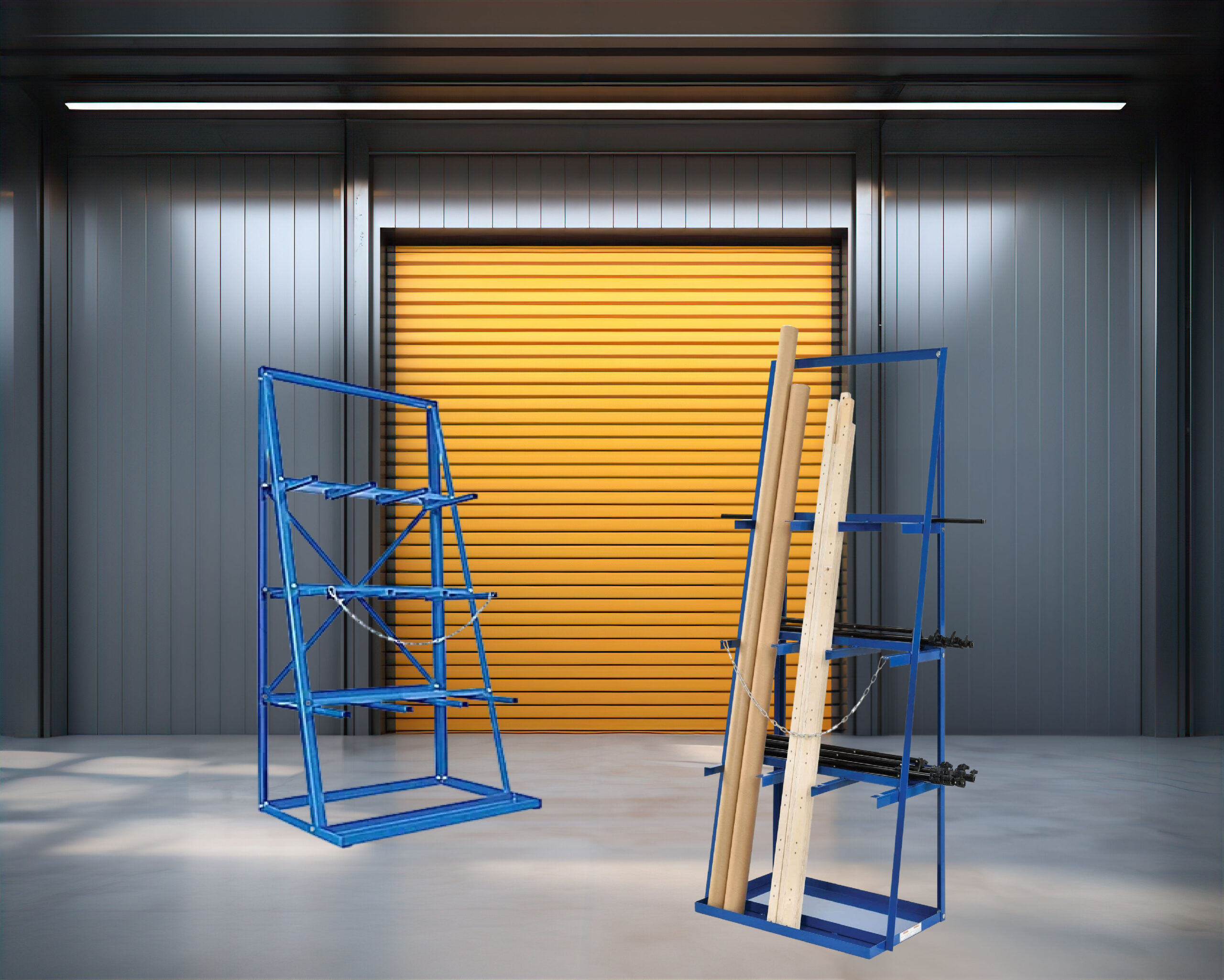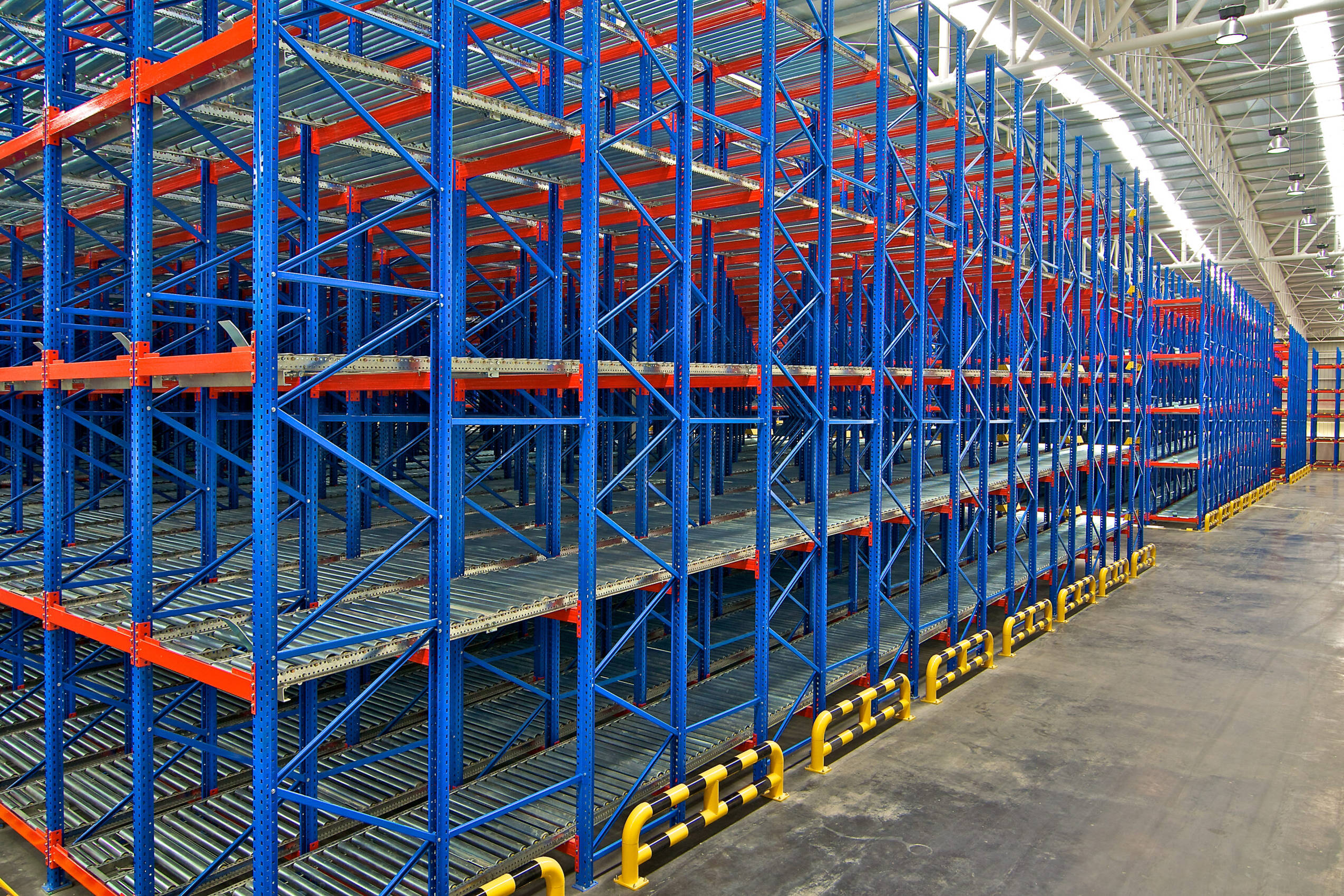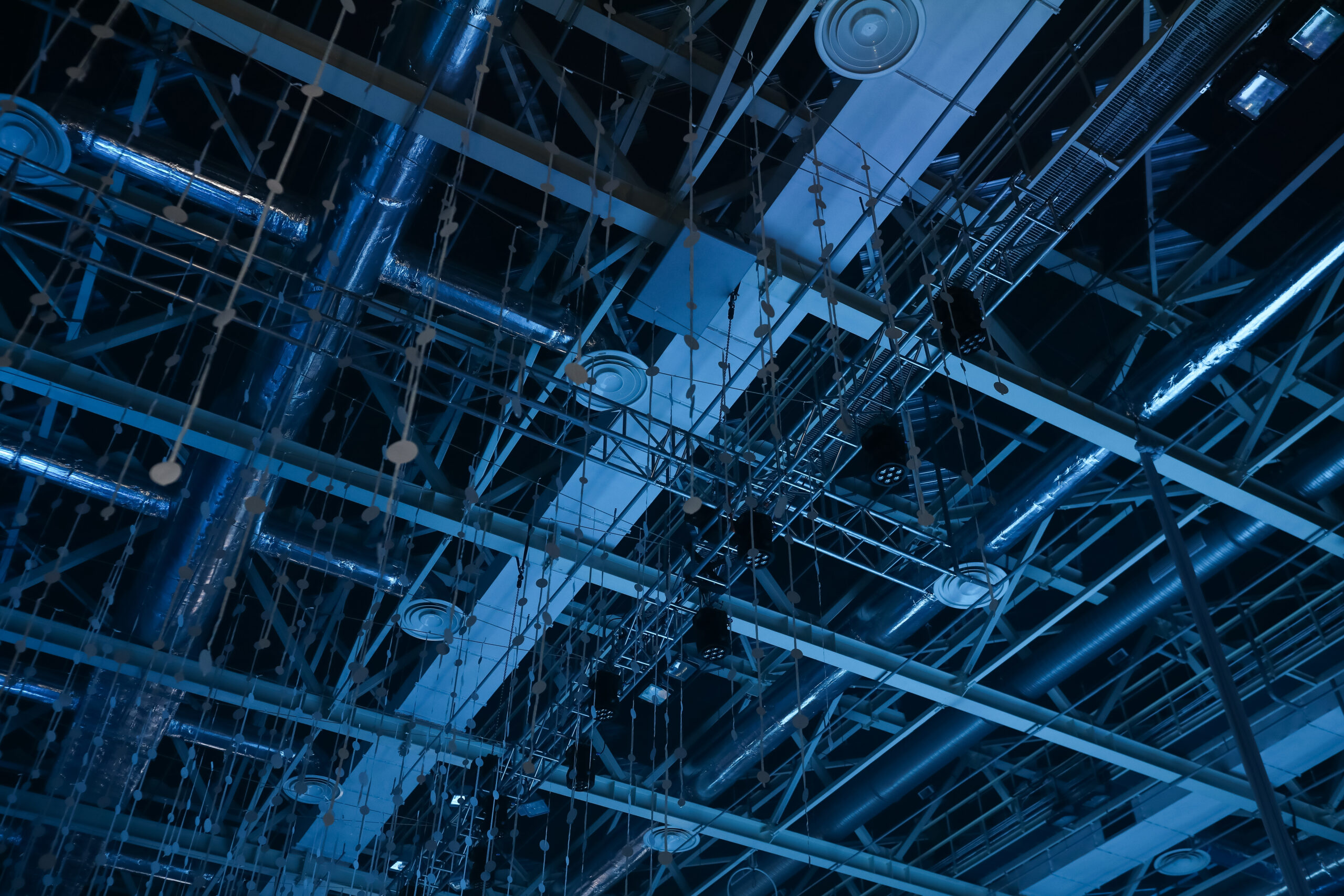
Why Go Vertical?
The term “vertical” in the realm of storage encompasses various interpretations. You’ll encounter vertical shelving systems that ingeniously utilize vertical space by automatically hoisting products high up, away from picking bays when not in use. There are also vertical racks designed to cradle sheet metal, rods, or other elongated objects.
In the case of vertical shelving systems, they enhance your storage density by making optimal use of your entire storage facility. This efficient approach enables you to maximize the value of your existing square footage and propel your business into the modern era. Many of these automated solutions boast cutting-edge, user-friendly touch interfaces for item retrieval, streamlining processes and saving valuable time.
For the vertical storage of goods, such as sheet metal or rods, there are significant advantages. It helps maintain separation between goods, preventing warping due to gravity. Additionally, retrieving elongated materials from vertical storage can be easier and safer, as there’s a reduced risk of inadvertently hitting personnel on either side of the retriever.
In essence, there are multiple compelling reasons to consider going vertical.

Flat or Upright
Ultimately, your decision hinges on the specific needs of your business. To make the most informed choice, consider all available options and crunch the numbers. Calculate the exact return on investment for new racking – sometimes, the savings and efficiency improvements can be truly remarkable, potentially allowing your vertical racking to pay for itself in no time.
Comparing Horizontal and Vertical Rack Deployment
You might find yourself pondering the perfect storage solution for your warehouse. In a world teeming with options, striking the right balance between efficiency and budget can be a challenging feat. While the latest state-of-the-art vertical shelving system may seem like the answer to all your storage problems, it’s imperative that it doesn’t strain your financial resources.
One pivotal factor to consider when navigating the labyrinth of storage choices is whether to opt for a horizontal or vertical rack. It’s important to note that a vertical rack is not merely a horizontal one tilted on its side – that would make things too simple! So, when should you consider a vertical rack, and how can you determine what’s the best fit for your business?

Choosing the Right Option for Your Business
Ultimately, the choice between vertical and horizontal racking hinges on the specific needs of your business. If your operations involve the storage of sheet metal, rods, or bars, exploring vertical storage is a wise move. It simplifies the retrieval process, enhances safety, and potentially prolongs the life of your goods. Vertical storage offers simplicity and flexibility, negating the need for cantilever racking, which might have limited applications in your warehouse.
Vertical storage systems, along with any solutions that maximize vertical space utilization, can be a substantial asset. Remember, you’re not just paying for the ground floor of your warehouse – the costs remain consistent, regardless of how much of the building you utilize. Therefore, optimizing your vertical space is a wise strategy.
However, vertical storage isn’t the sole option available. Many warehouses derive immense benefits from mezzanines, which can serve various purposes, including production and additional office or storage space.




